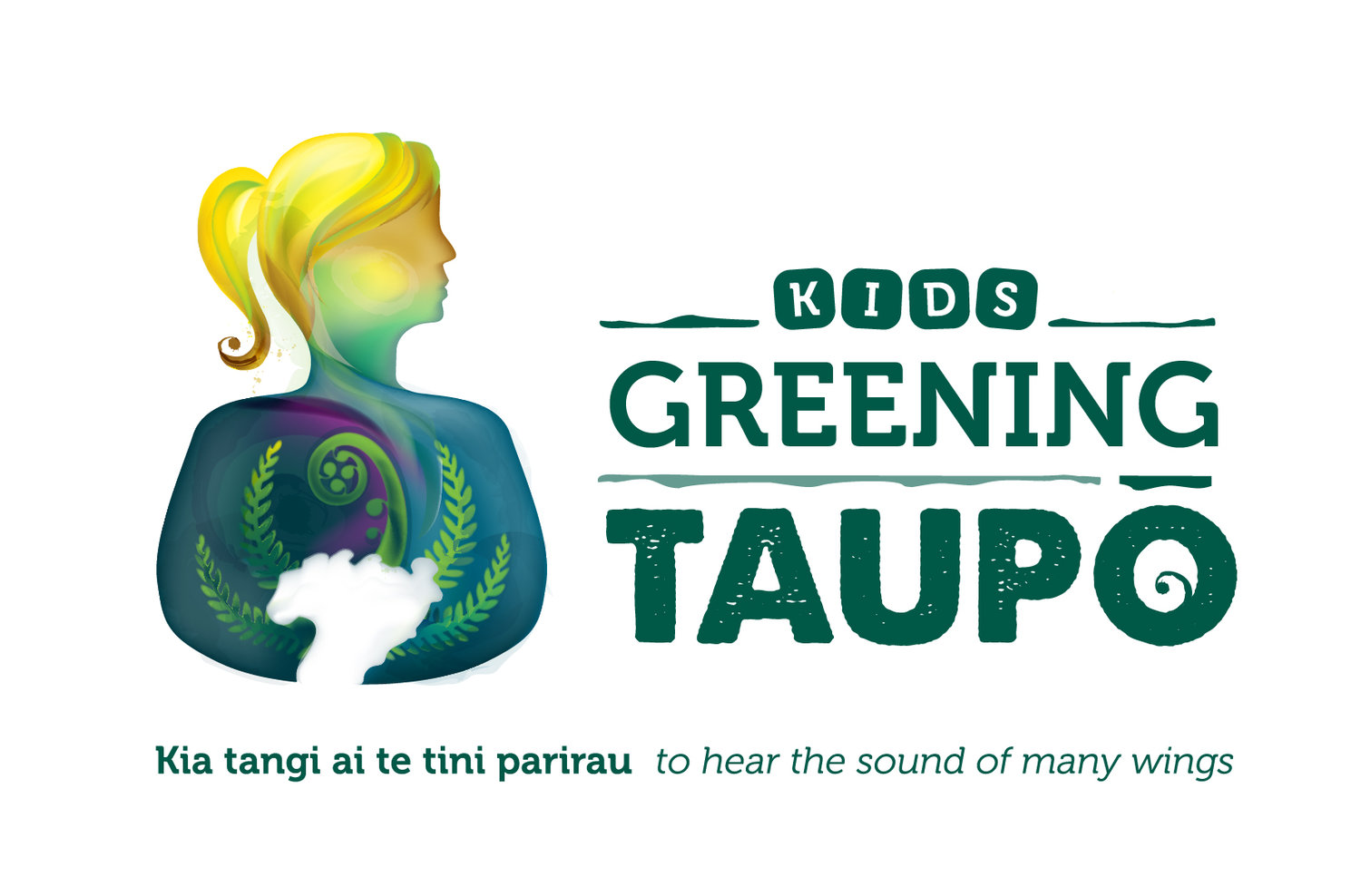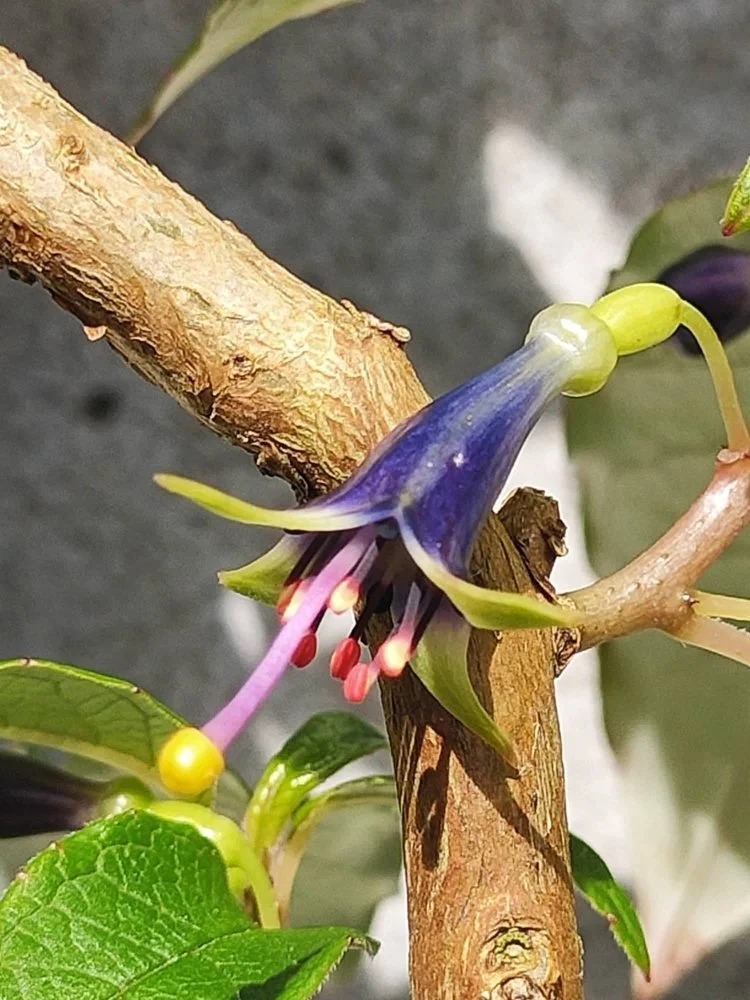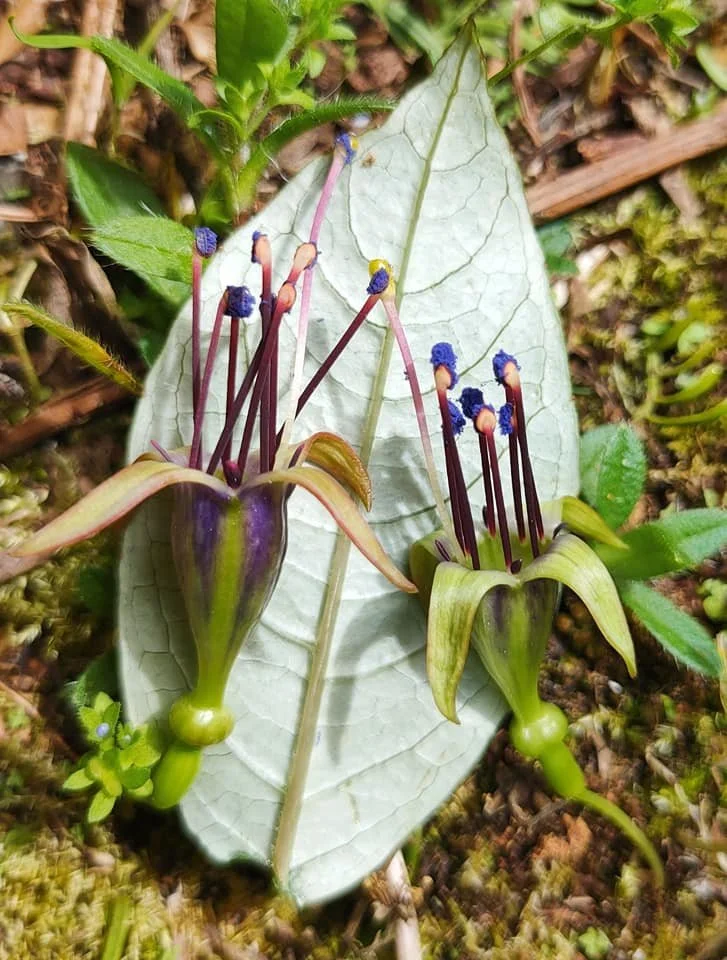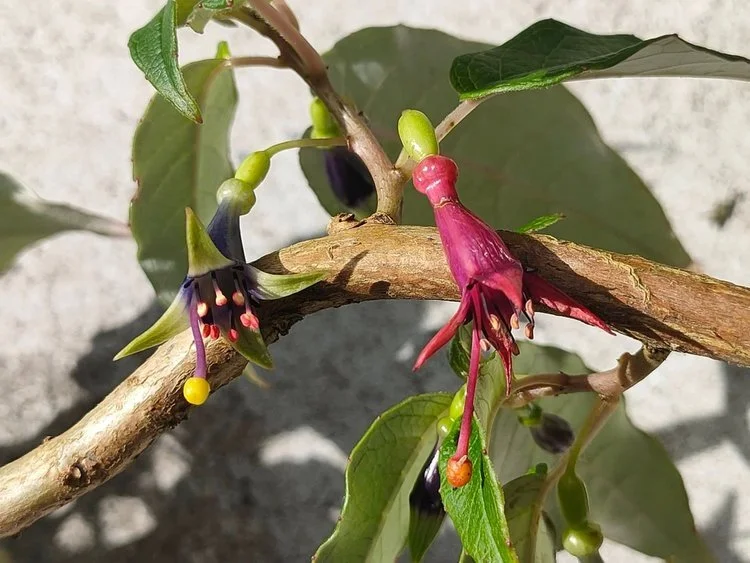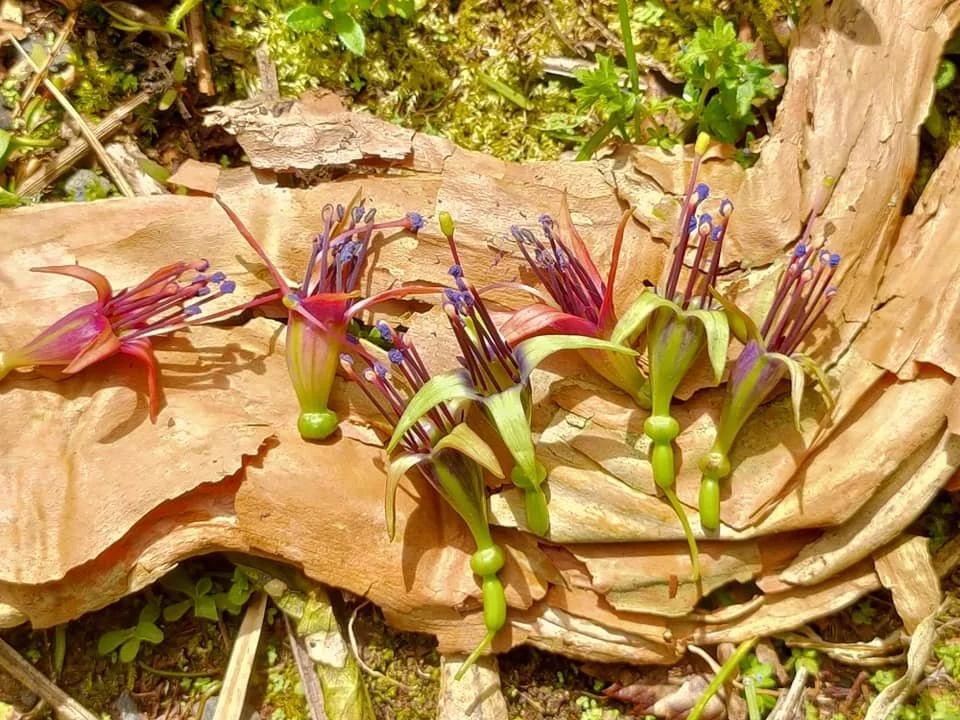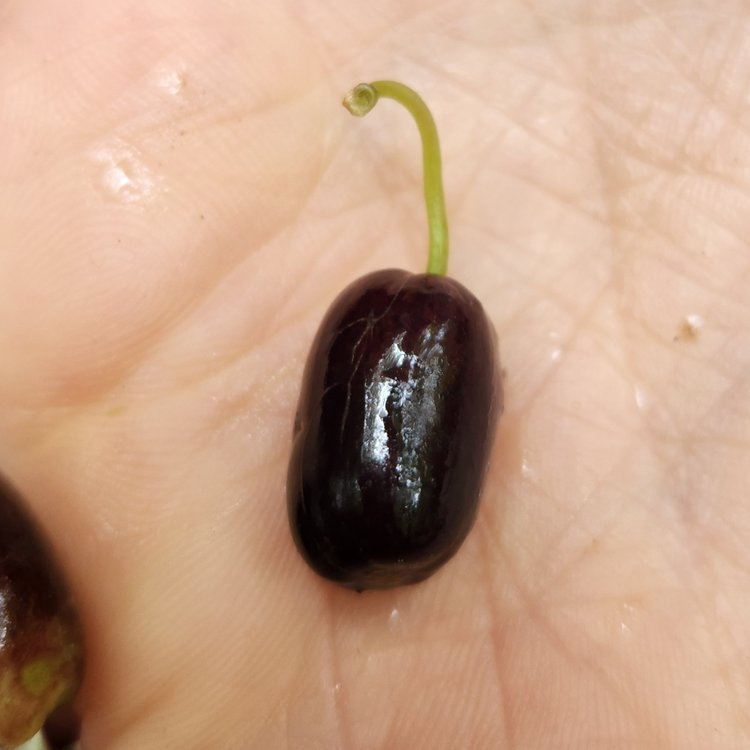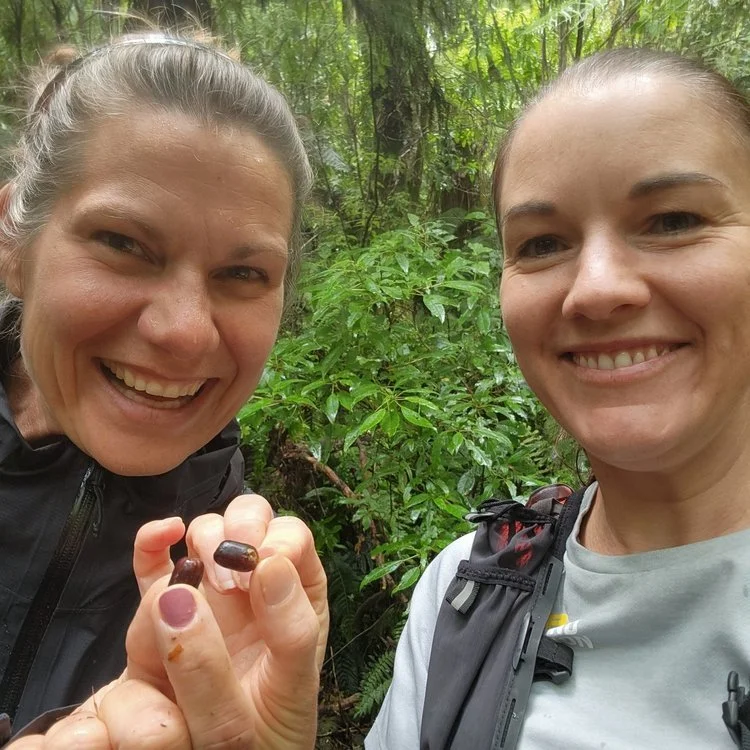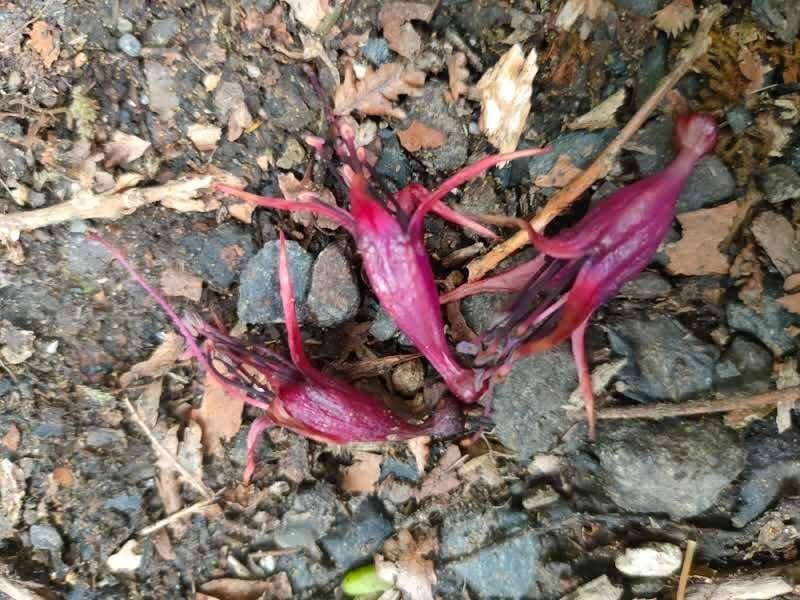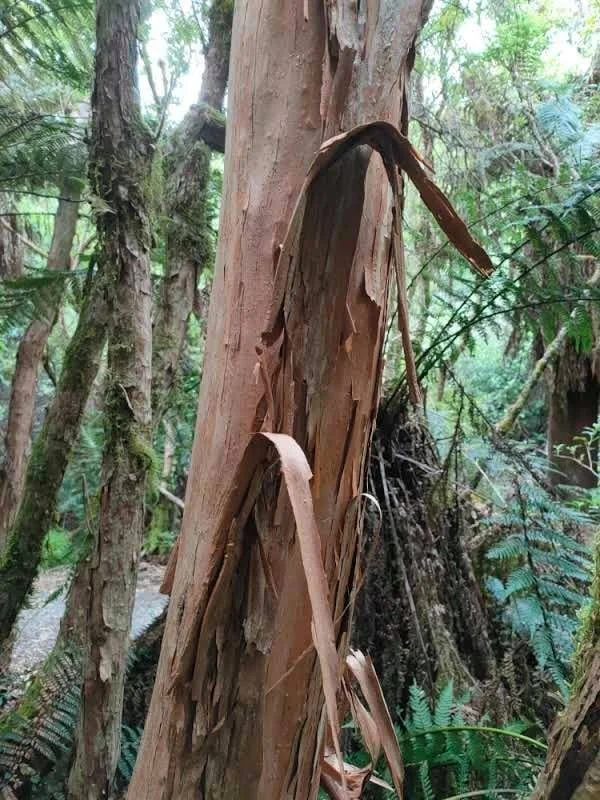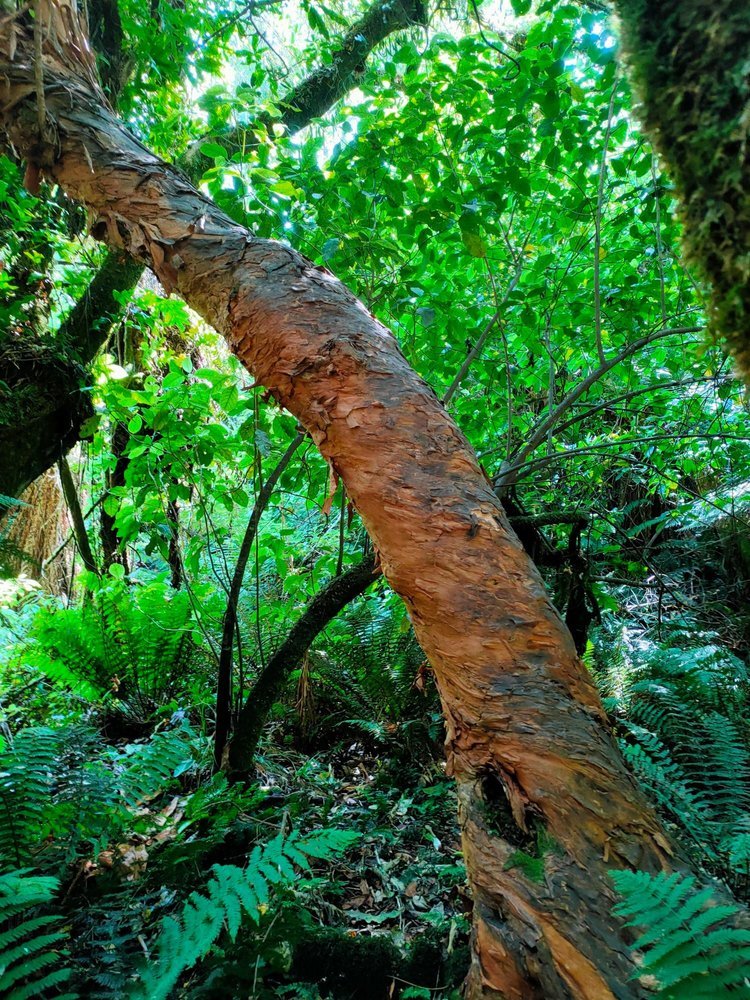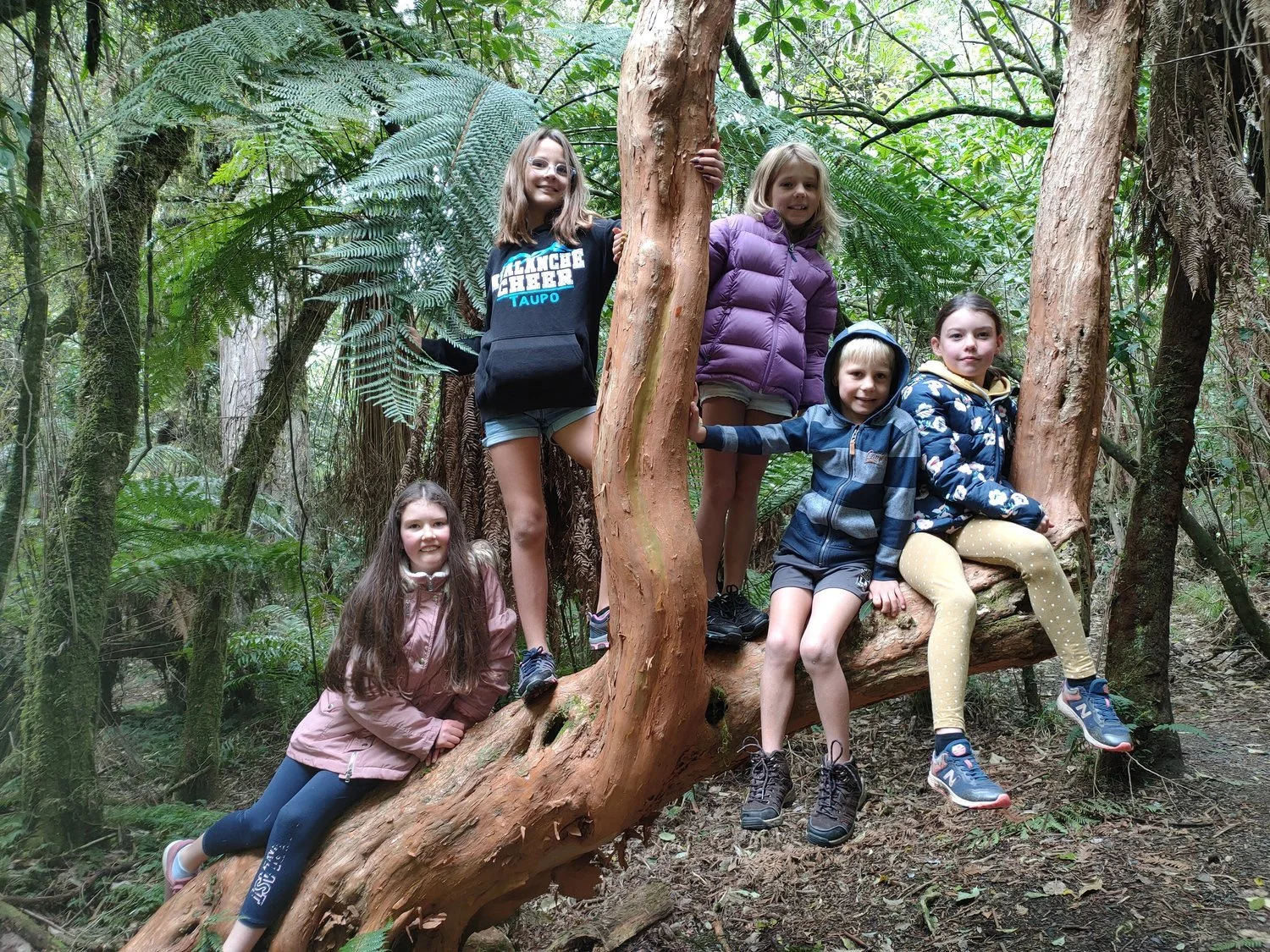Learn about Kōtukutuku
Blue pollen, colour changing flowers, delicious berries, twisted orange trunks... let us introduce another one of our awesome native trees! Kōtukutuku is the world’s largest fuchsia. It can grow to 12 metres tall and form a trunk over 1 metre in diameter in damp forests. English settlers sometimes called this tree the ‘bucket of water tree,’ as the wood was difficult to burn.
Unfortunately, kōtukutuku is a favourite food of possums, so it will only thrive in spaces with good pest control. As one of New Zealand’s few truly deciduous native trees, small trees may look a bit like dead sticks in the winter time. The meaning of its name in te reo Māori refers to it shedding its leaves (tukutuku) in the winter.
The beautiful flowers change from green-purple to dark pink-red when they are pollinated. One theory is that this colour change signals to birds that the nectar is gone, so there's no point visiting. Clever!
You may even spot these amazing flowers growing directly off the papery trunk, like in our photo.
Their blue pollen is often spotted coating the heads of the nectar-feeding birds that visit the flowers, especially tūī, korimako (bellbirds) and silvereyes. It was traditionally used for make-up by Māori.
The dark purple berries, known as kōnini in te reo Māori, are edible and taste delicious. You can try these between December and March when the tree is fruiting, but you’ll need to beat the birds and possums to them. Be careful if you do collect berries, as the branches are very fragile and can easily break.
You can spot these amazing trees in the bush by noticing their orange flaky bark and twisted trunks. In spring time you will see the ground beneath them littered with flowers. Locally, the best place to spot some mature trees is at Opepe Historic Reserve. Have fun spotting these amazing trees!
The kōtukutuku at Opepe known as the ‘photobooth tree’ by our Kids Greening Taupō tamariki!
